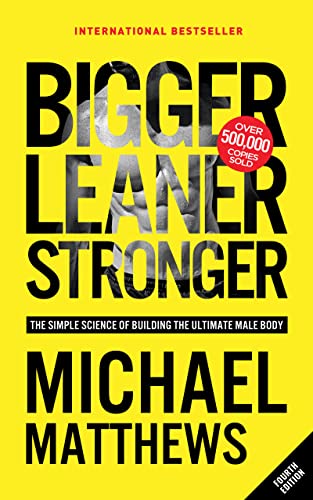Jeff Cavaliere: Optimize Your Exercise Program with Science-Based Tools
hubermanlab.comSaved by Mo Shafieeha
Jeff Cavaliere: Optimize Your Exercise Program with Science-Based Tools
Saved by Mo Shafieeha


The government currently recommends three categories of movement—cardio, strength training, and stretching—which can be likened to the macronutrient groups carbohydrates, fat, and protein. Without a better prescription for what to eat/how to move, the moves we consume to meet our recommended daily allowance (RDA) become mostly junk. And, without co
... See moreKey Insights from the Discussion
Speaker Introduction
- Dr. Vincent Ben Biko is a pioneer in health and fitness, focusing on slow resistance training and the relationship between diet and exercise.
- A personal endorsement from a colleague highlights Dr. Biko's significant impact on individual fitness, recommending a short, efficient strength training program.
Personal Testimonial
- The speaker (unnamed) shares a personal transformation experience, crediting Dr. Biko's program with improving their life over the past ten months.
- The program involves just 15 minutes of strength training, twice a week, making it accessible despite time constraints and injury concerns associated with traditional cardio and weight training.
Fitness and Exercise Insights by Dr. Biko
- The talk spans decades of knowledge and incorporates scientific perspectives on metabolism and exercise.
- Lipid Energy Model: The discussion emphasizes the importance of understanding metabolism in terms of energy expenditure and its relevance to exercise performance.
Muscle Fiber Recruitment
- Muscle fibers are categorized from type 1 (slow, aerobic) to type 2B (fast, glycolytic), each recruited based on the intensity and duration of exercise.
- Type 1 fibers can handle low-intensity activities for extended periods, while higher intensities require recruitment of 2A and then 2B fibers.
- The body efficiently transitions through these fibers depending on the exercise's energy demands.
Phases of Exercise
1. Phase One (Rest to Low Intensity):
- Involves lower oxygen usage and minimal lactate production, primarily using type 1 fibers.
2. Phase Two (Increasing Intensity):
- Transition into anaerobic activity; lactate production starts to increase.
3. Phase Three (High Intensity):
- Near maximal exertion, heavy reliance on type 2B fibers, leading to high lactate levels and significant effort from both aerobic and anaerobic systems.
Metabolic Responses
- Various responses to exercise include increases in:
- Heart rate
- Oxygen utilization
- Carbon dioxide production
- Respiratory rate
- These parameters demonstrate how well the body is adapting to exercise demands and its capacity for oxygen utilization.
Key Takeaways on Fat Metabolism
- Exercise and Lipid Metabolism: Regular exercise positively influences lipid metabolism and fat burning, critical for metabolic health.
- Dr. Biko suggests that high-intensity exercise stimulates enzymes that aid in fat breakdown (e.g., LPL - lipoprotein lipase).
- The speaker posits that exercise can bypass insulin resistance, facilitating better glucose storage in muscles.
Conclusions
- Dr. Biko encourages a holistic approach to fitness, advocating that everyone can engage in high-intensity exercise tailored to their conditioning level.
- The interplay between exercise, metabolism, and health is crucial, reinforcing that exercise can significantly impact metabolic processes and health outcomes.
- The talk concludes with the perspective that individual adaptation to increased physical demands is achievable, irrespective of one's starting point in fitness.



Lolita added